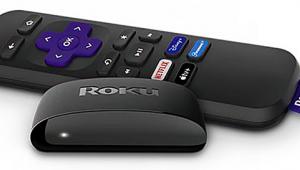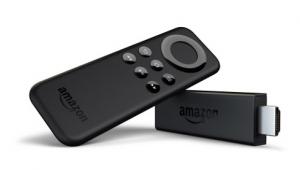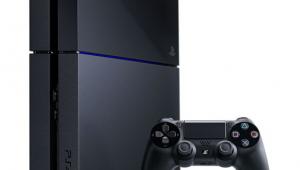Test Report: Pioneer Elite N-50 Audiophile Network Audio Player Page 2
Performance
I’m a nut for control and product interfaces, so that’s where I’ll start. (It doesn’t matter how good your music sounds if you can’t easily get something to play it.) Pioneer’s IR remote is certainly competent, and it mirrors the N-50’s solid feel, but with 40 essentially identical micro-buttons and no backlighting, it was a last resort for me. Also, while the 2.5-inch screen was definitely cool, displaying album art and all the necessary metadata, it was almost impossible to see from any listening position. I have 20/15 vision, but from my couch I had to guess what the display read. I also found the front-panel controls to be a bit counterintuitive. Instead of an easily understandable up-down/ left-right/enter button scheme, it has function, stop, play/pause, skip back, and skip forward controls. Using these, I often found myself stuck in menus, or accidentally exiting out of them.
Fortunately, Pioneer’s ControlApp gives you almost all of the control you need. (You can’t access the setup menu or select any of the audio processing modes with it.) But ControlApp is unfortunately designed only for the iPhone/iPod touch; while it will run on the iPad, it doesn’t take full advantage of the iPad’s bigger screen and resolution. I also logged in to the N-50’s IP address via my laptop — another control method that often works — but only had the option of changing its name on the network. Pioneer commented, “We are planning on having drivers made for third-party control systems such as Control4, AMX, Crestron, Savant, etc. We need to make sure that we offer enough IP control for a robust driver.”
The N-50 is AirPlay ready out of the box, and that feature worked wonderfully: The N-50 immediately appeared in my iPad’s list of available devices and played anything I sent its way. As a DLNA-certified component, the N-50 also supports the Windows7 “Play To” feature, which allows some AirPlay-like beaming features for non-iOS users.
While the N-50 doesn’t have Pandora or Rhapsody (or Spotify or MOG or…), you can easily tap those sources from an iDevice via AirPlay. I used Pandora this way quite a bit. Browsing YouTube on my iPad, I also discovered — and immediately fell in love with — Gotye’s “Somebody That I Used to Know” (from Making Mirrors), blasting the audio through my system while I watched the video. This was also a great opportunity to test the N-50’s Auto Sound Retriever mode, which attempts to improve the sound quality of “low-bit-rate content.” Auto Sound Retriever definitely “restored” some additional high-end detail and low-end punch, making YouTube content sound better over my audio system.
The N-50 did not like my Western Digital 4-TB hard drive, showing “not recognized” when I connected it to the front-panel USB port. To be fair, I’ve had issues with other devices playing nice with this drive, so I’m now thinking that the problem lies with Western Digital. Also, the N-50 is the first component I’ve tested that wouldn’t recognize my 5G iPod; it only supports iPod models from 2006 on. But when I loaded several of my high-rez albums onto an 8-GB USB stick and connected it to the front slot, it worked out beautifully.
During my tests, I listened to a ton of music in varying quality — Internet, MP3, WAV, high-rez FLAC — and the N-50 sounded consistently great. Chances are slim I’ll ever get Diana Krall in my living room — Diana, this is an open invitation! — but the N-50’s rendering of her warm, breathy vocals and soft touch on the piano keyboard on a 96/24 HDtracks download of “When I Look in Your Eyes” let me almost pretend that she was.
Track 11, “Jock O Hazeldean,” from Rebecca Pidgeon’s Four Marys, is a wonderfully bare and simple recording that features just Pidgeon’s voice and a single, mournful cello. Listening to a 96/24 HDtracks download of this song via the N-50, I could hear every inflection and nuance in her voice, and also got a sense of the ambience of St. Peter’s Church in New York City, where the album was recorded.
I only have a limited selection of 192/24 material, but the N-50 handled what I do have with aplomb, with Louise Rogers’s “Black Coffee” and Sonny Rollins’s seminal “Saxophone Colossus” getting the most play. One caveat is that it is very difficult to stream this material wirelessly. It would play fine for a bit, then hiccup and chop, but this was far more of an issue with streaming such huge files over a wireless network than one with the N-50 itself. When I used a hard-wired Ethernet or a direct USB connection, the material played back flawlessly.





























































